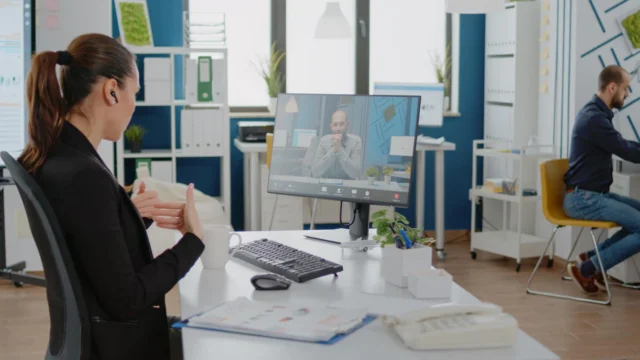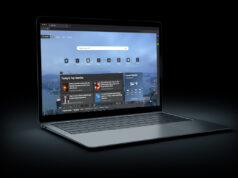
Although it may seem relatively new to some, technology that makes remote work possible has been around for a long time. Although this software wasn’t nearly as advanced as it is now, it led the best route. The office embraced digitalization as technology advanced swiftly, adopting and adjusting to the changes in work.
With the exception of freelancers, working from home was only advantageous to those who could guarantee to be trustworthy and maintain a high level of productivity while doing so. This benefit was mostly exclusive to those who worked in the computer industry because they had a system or piece of tracking software for employees. It was a pleasure, as was earlier indicated.
How IT companies Function?

Although the rise of “tech bros” and digital travelers altered how IT companies operate, it wasn’t until the epidemic that remote work became a hot topic more specifically, over the past two years. Due to the global lockdown, businesses had to work quickly to find a solution that would allow them to continue operating. SaaS options offered many comfort, and they have continued to employ them ever since.
The work model changed because research showed that practically all workers require a hybrid work environment in the future. Furthermore, according to International Office Analytics, 37% of remote workers would accept a 10% wage cut to keep working from home.
An approach to avoiding productivity losses

The lack of productivity when working remotely is a common worry shared by most businesses. Most employers struggle to understand the idea of working remotely because most businesses are based on the idea of fixed supervision. However, data indicates that employees are in fact more effective working from home than at a company also happier.
The survey conducted by Airtasker on remote work revealed some interesting productivity data. The study found that remote workers put in over 17 more hours of labor each year, or an additional 1.4 days per 30 days, than their coworkers who work in offices.
This analysis showed tracks and, in most cases, evaluates worker exercise during work hours. It’s a piece of technology that is more crucial than necessary for businesses looking to advance in the workplace.
Hybrid office: the modern workplace

The future of work, or hybrid working, can be defined as a business model that combines in-person labor with remote work. Although an organization’s approach to hybrid work may differ greatly from that of another group, it typically involves a combination of onsite and remote presence. While some businesses set a minimum number of days that employees must work on-site, others completely left the decision up to their employees.
One of the drawbacks of remote labor during the lockdown was the creation of a new, insecure endpoint—the distant worker. Given the recent rise in cybercrime, hackers took advantage of this. Luckily, employee monitoring software frequently comes with specific security features like website blocking, USB blocking, phishing alerts, etc.
Conclusion
Whether you like it or not, remote work will continue to exist. The key component to the operation and success of many businesses and organizations around the world is employee monitoring software. It’s a straightforward solution that increases worker effectiveness and happiness while keeping the business safe and compliant.







